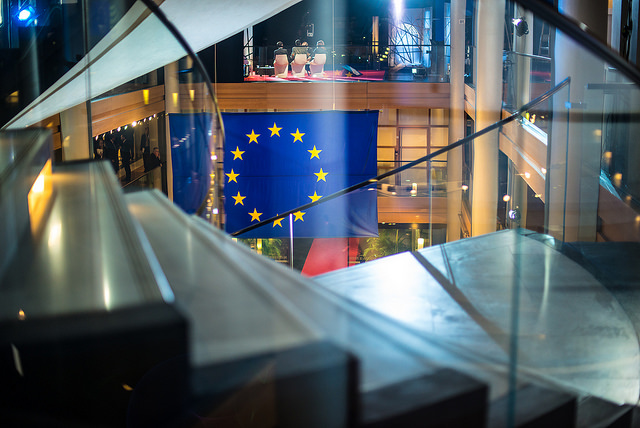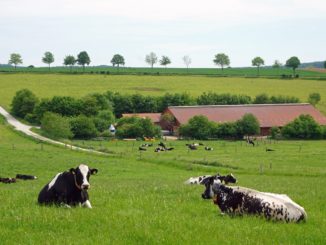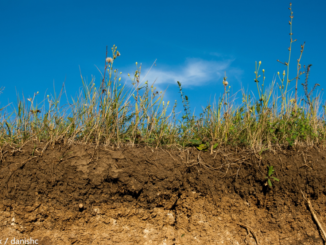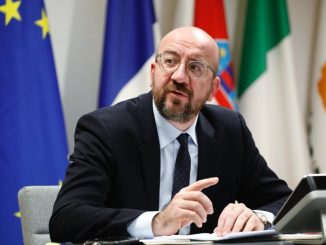
From 1st January, a series of changes in the Common Agriculture Policy have been in effect. Agreed on 12th December, the so-called Omnibus was entered into the official EU record on 29th December. These changes are variously described as simplifications or improvements.
However, as we’ve outlined, much of what’s been changed is a step backwards, with changes in Ecological Focus Areas to reduce the ecological dimension in particular being problematic.
A positive in this regressive legislation is, however, the scope given to member states to define permanent grassland differently. Here is what the legislation says:
Permanent grassland and permanent pasture” (together referred to as “permanent grassland”) means land used to grow grasses or other herbaceous forage naturally (self-seeded) or through cultivation (sown) and that has not been included in the crop rotation of the holding for five years or more, as well as, where Member States so decide, that has not been ploughed up for five years or more; it may include other species such as shrubs and/or trees which can be grazed and, where Member States so decide, other species such as shrubs and/or trees which produce animal feed, provided that the grasses and other herbaceous forage remain predominant. Member States may also decide to consider as permanent grassland.
This could well impact positively on upland farming, on High Nature Value farming, or agroforestry; it could reduce scrub fires and make farming more viable in upland areas in general. However momentum would need to develop in member states to encourage this.
Stricter EU rules on fertilizer were agreed on the 20th December. This still however must be agreed by the Parliament sometime early 2018. The proposal, which sets out requirements for “placing fertilising products on the EU market” includes a requirement for “obligatory maximum contaminant levels, the use of defined component material categories and labelling requirements.”
One of the main objectives is of the legislation is “to encourage large scale fertiliser production from domestic organic or secondary raw materials in line with the circular economy model, by transforming waste into nutrients for crops.”
For more on this see our November article on how the Parliament voted.





1 Trackback / Pingback
Comments are closed.